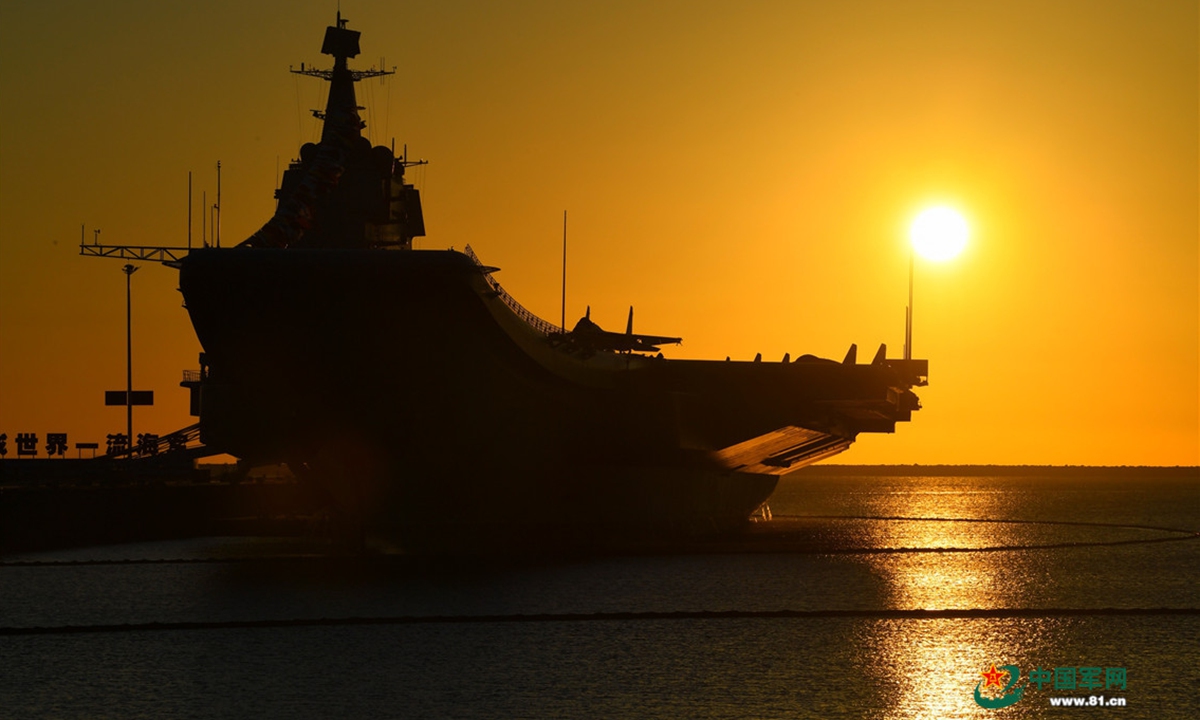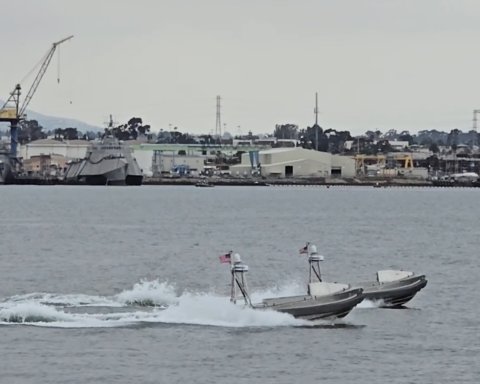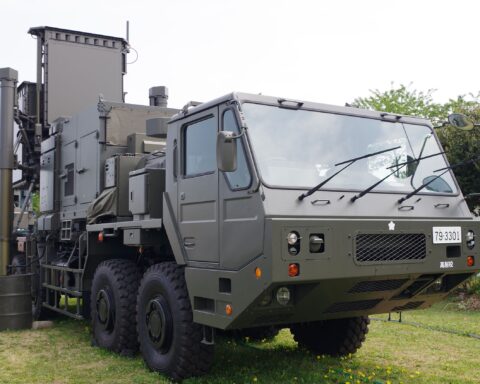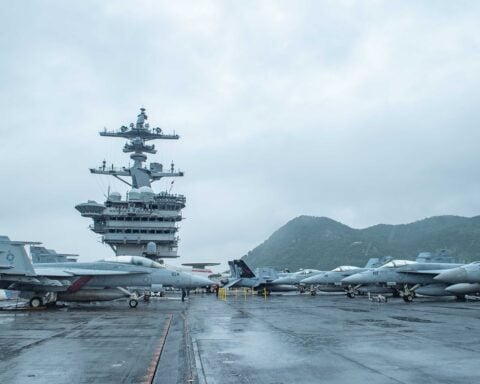The following is the July 3, 2024, Congressional Research Service In Focus report, Defense Primer: Navy Distributed Maritime Operations Concept.
From the report
Introduction
Distributed Maritime Operations (DMO) is the operating concept of the Department of the Navy (or DON, which includes the Navy and Marine Corps) for using U.S. naval (i.e., Navy and Marine Corps) forces in combat operations against an adversary, particularly China, that has substantial capabilities for detecting and attacking U.S. Navy surface ships with anti-ship missiles and other weapons. An issue for Congress is whether Congress has sufficient information about DMO to assess its merits, and whether DON has adequately aligned its programs and budget with DMO.
Terminology: Operating Concept
An operating concept is a general idea for how to use certain military forces (in this case, U.S. naval forces) to conduct operations, particularly in combat situations. An operating concept can support the implementation of a strategy or war plan for fighting a specific conflict, and the tactics used by individual military units (such as Navy ships and aircraft) can reflect an operating concept.
DMO: A Brief Description
A 2022 document from the Chief of Naval Operations refers to DMO as “the Navy’s foundational operating concept” (Chief of Naval Operations, Navigation Plan 2022, p. 8). DON has not released a detailed unclassified description of DMO. Statements by DON officials indicate that a key aim of DMO is to improve the ability of U.S. naval forces to counter China’s maritime anti-access/area-denial (A2/AD) systems (i.e., its capabilities for detecting and attacking U.S. Navy surface ships and aircraft) and thereby permit U.S. naval forces to operate effectively during a conflict with China in waters that are within range of China’s A2/AD systems. Key features of DMO appear to include the following:
- • Dispersing Navy units over a larger area within the theater of operations, so as to make it harder for an adversary to detect and target Navy units, while still permitting Navy units to support one another and concentrate their fires on adversary targets.
- • Spreading the Navy’s sensors and weapons across a wider array of ships and aircraft, so as to reduce the fraction of the Navy’s sensors and weapons that would be lost due to the destruction of any one Navy ship or aircraft (i.e., avoid “putting too many eggs into one basket”).
- • Making greater use of longer-ranged weapons, unmanned vessels, and unmanned aircraft in support of the previous two points.
- • Using resilient communication links and networking technologies to knit the resulting widely dispersed force of manned and unmanned ships and aircraft into a coordinated battle force that can withstand and adapt to enemy attacks on Navy communications and networks.
One observer writing about DMO (see the first Filipoff citation in the Other Resources box below) states that “the concept suffers from a wide variety of interpretations across the service and needs more specificity regarding what warfighting approaches it is concentrating on. While the concept describes mass fires and decision advantage as core themes, DMO lacks sufficient coherence and concrete focus to effectively guide the Navy’s development.”
Other U.S. Military Service Operating Concepts
Other U.S. military services have operating concepts for conducting their own operations in potential future conflicts. The Air Force concept is Agile Combat Employment (ACE), and the Army concept is Multi-Domain Operations (MDO). Within DON, the Marine Corps has a concept called Expeditionary Advanced Base Operations (EABO) that is complementary to DMO. The services’ operating concepts have certain elements in common, including increased use of unmanned systems and the use of communications and networking technology to knit dispersed units together into coordinated battle forces. For more on these concepts, see the CRS Products box below.
Some Navy Acquisition Programs Associated with DMO
Some examples of Navy acquisition programs that appear associated with DMO include the following:
- Programs for acquiring longer-ranged weapons, such as the Maritime Strike Tomahawk (a new anti-ship variant of the Tomahawk cruise missile) and the Long-Range Anti-Ship Missile (LRASM).
- The Large Unmanned Surface Vessel (LUSV), which is to be equipped with a Vertical Launch System (VLS) for storing and firing anti-ship missiles and other weapons. LUSVs are intended to act as adjunct missile magazines for manned Navy surface combatants.
- The Medium Unmanned Surface Vessel (MUSV), which is to be equipped with radars or other sensors. MUSVs are intended to help form a distributed sensor network for supporting Navy operations.
Download the report here.





